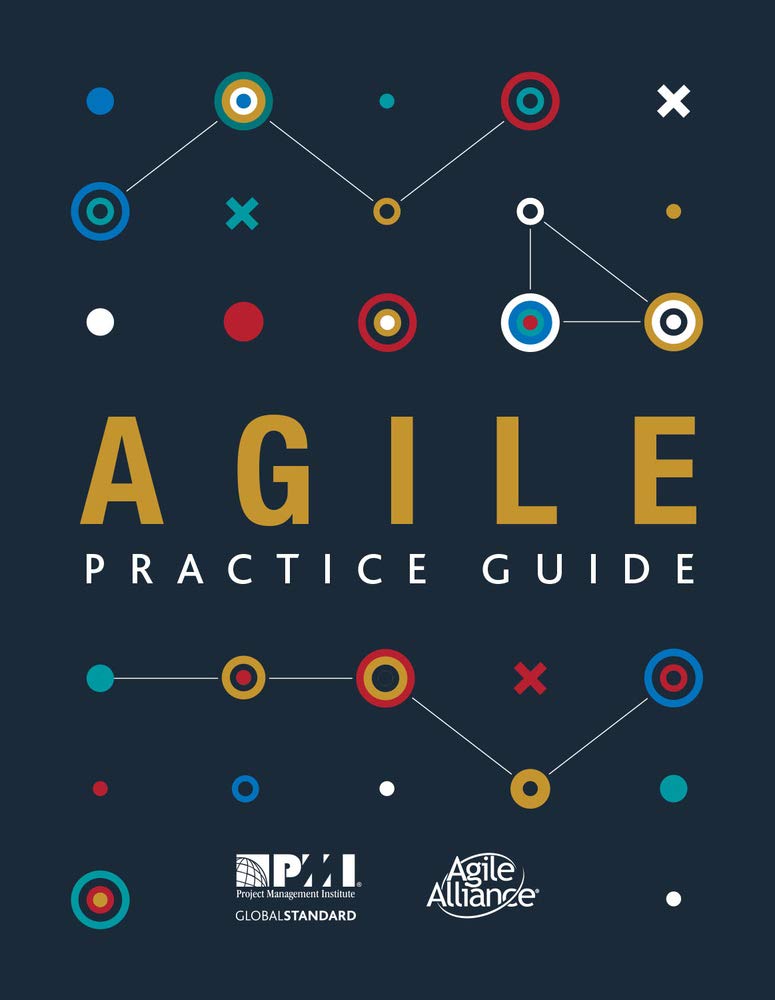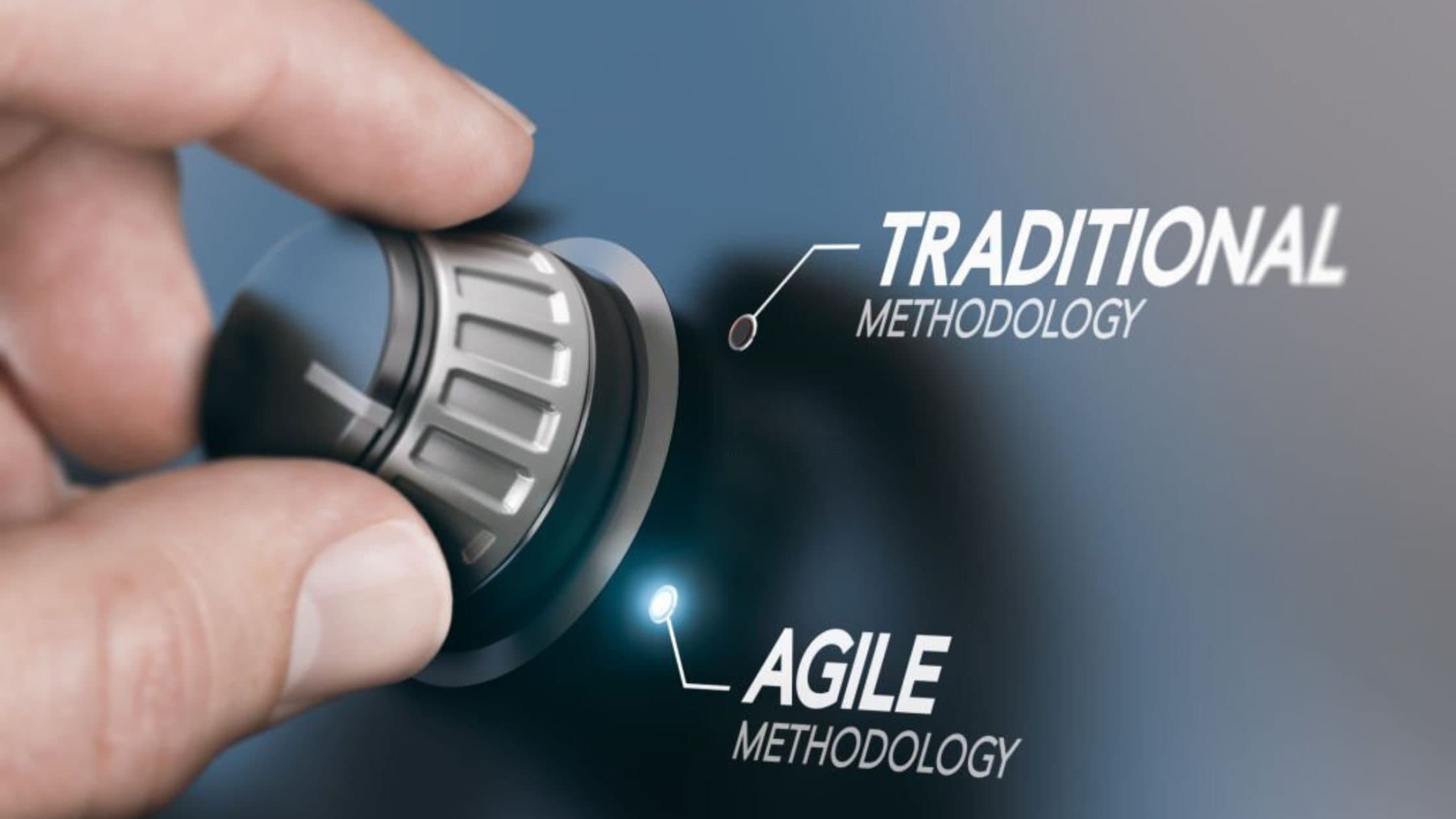
Timebox
What is Timebox?
A timebox is a fixed period allocated to an activity or task during a project. Once this set time has passed, work stops, regardless of whether the task is complete. Timeboxing is commonly used in Agile project management to maintain focus, prevent scope creep, and improve productivity. This approach encourages teams to prioritize essential work within a defined window, allowing for consistent review and adjustment of goals. Rather than aiming for perfection, timeboxing promotes progress within constraints, ensuring projects move forward steadily.
Key Points
- A timebox enforces a non-negotiable time limit for a task, meeting, or development cycle.
- It supports iterative workflows by helping teams plan in short, manageable intervals.
- This method reduces over-planning and allows quicker feedback and adaptation.
- It increases focus by limiting distractions and encouraging goal-oriented work.
- In Agile methods such as Scrum, teams widely use timeboxing, particularly in sprints and daily stand-ups.
Related Terms
- The Agile methodology uses timeboxing to help teams complete tasks in short, structured iterations.
- A sprint in Scrum is a type of timebox that typically lasts one to four weeks.
- Daily stand-ups are timeboxed meetings that allow team members to share updates briefly and efficiently.
- Scope creep can be reduced with timeboxing, as the fixed duration discourages adding new requirements mid-task.
- A Kanban board can incorporate timeboxed elements to limit task duration and improve flow control.
Timebox: Example
A software development team follows a two-week sprint cycle. At the start of each sprint, the team define which user stories to complete. Each sprint acts as a timebox, meaning work on that set of stories must end after two weeks. Even if some tasks remain unfinished, the team reviews progress and decides whether to continue, reassign, or drop tasks in the next sprint. This approach keeps the team focused and ensures regular progress.
Timebox: Best Practices
- Clearly define the goal of the timebox before starting the task or activity.
- Set realistic durations that challenge the team without causing burnout.
- Avoid extending it once it begins, even if the task is incomplete.
- Review outcomes at the end of the timebox to assess performance and plan improvements.
- Use it consistently to build discipline and create a predictable project rhythm.
Additional Resources
Preparing for a PMI certification?
- Exam Prep Courses: PMP®, CAPM®, and PMI-ACP®
- Exam Simulators: PMP®, CAPM®, PMI-ACP®, PMI-PBA®, PMI-RMP®, PMI-SP®, PgMP®, and PfMP®
- Professional Development Units (PDUs): 15, 30, and 60 PDU Bundles




